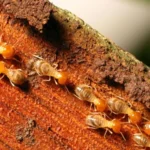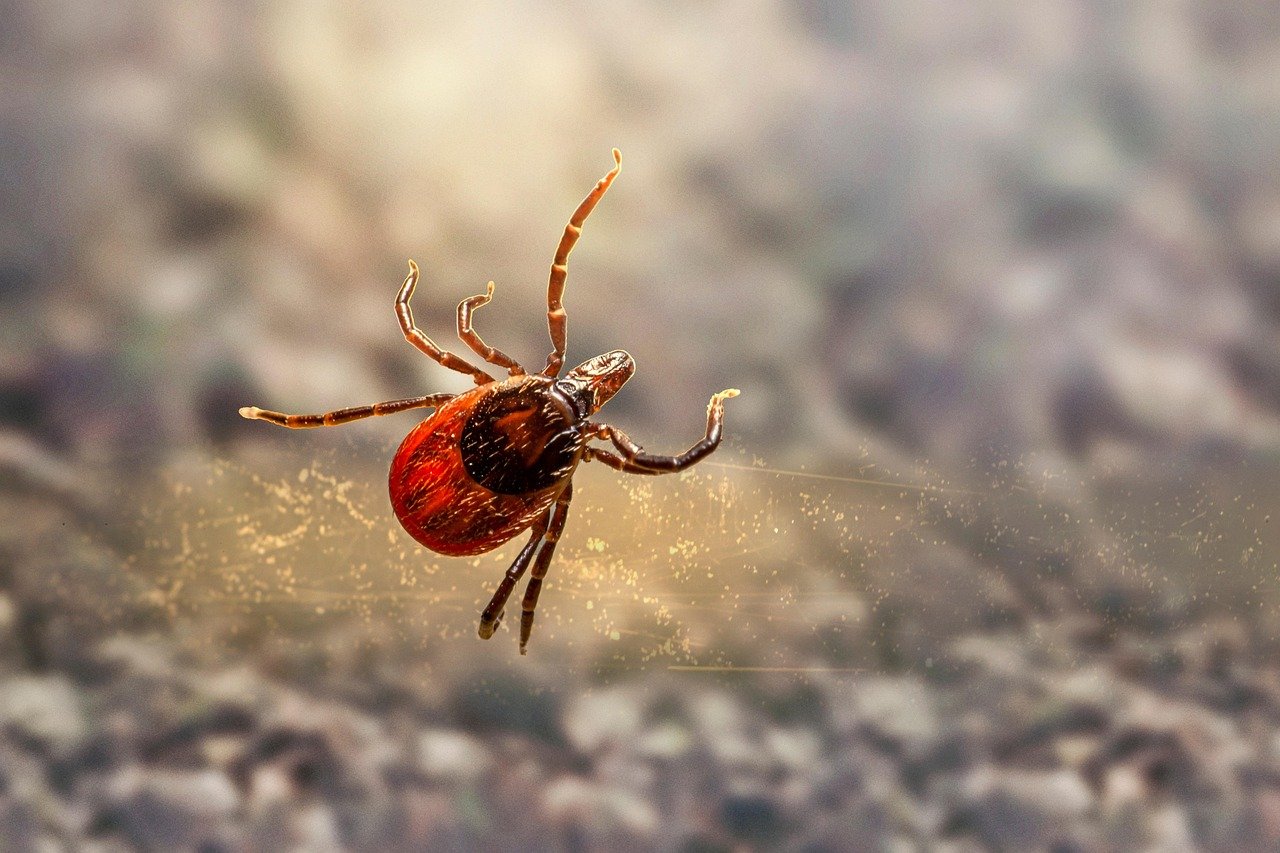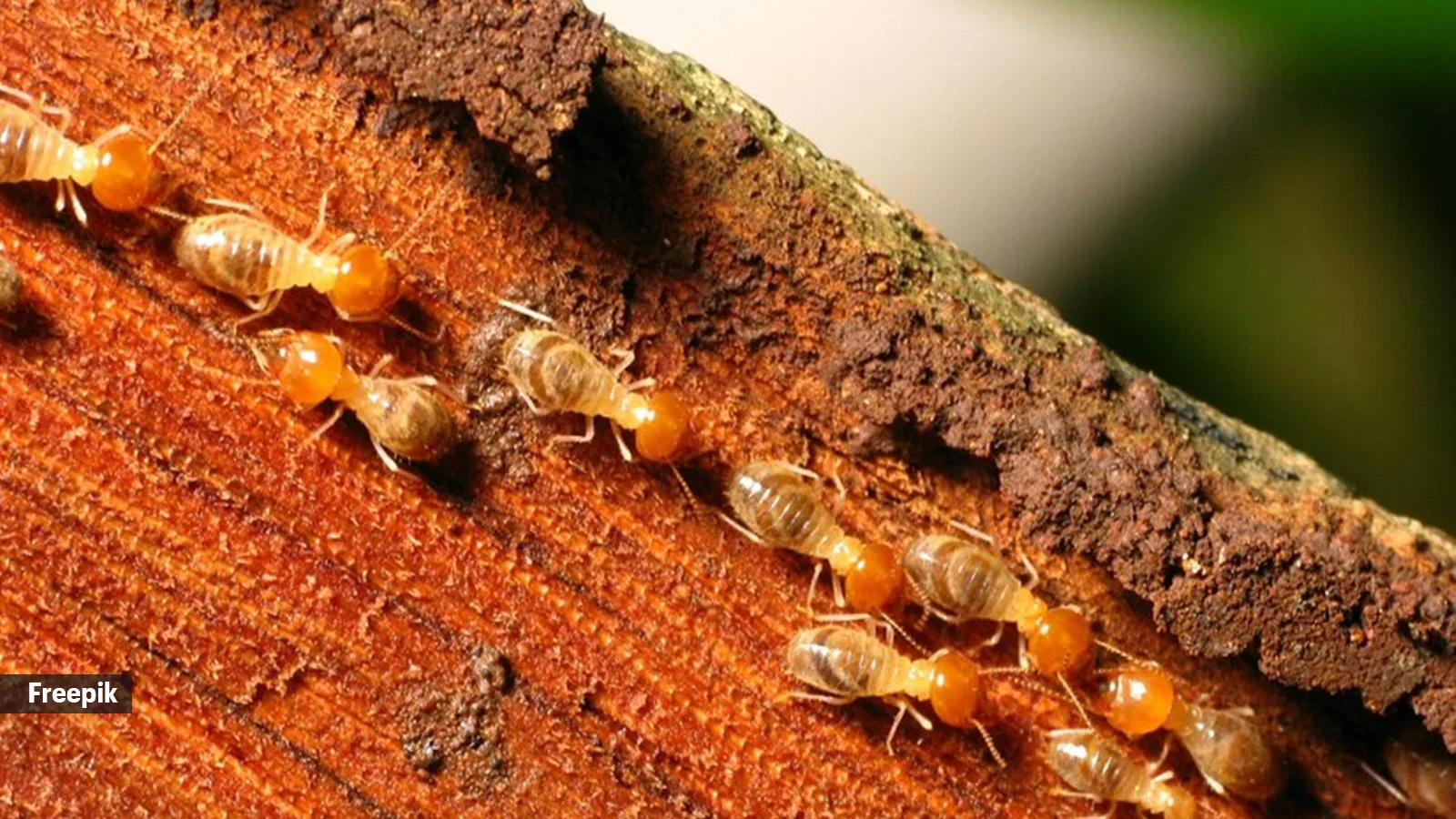Flea and tick control might not be the first thing on every homeowner’s mind, but it plays a vital role in protecting the health and well-being of both pets and people. These tiny pests are more than just a seasonal nuisance; they’re persistent, fast reproducing, and capable of spreading serious diseases. Whether you’re noticing increased scratching from your pets or discovering unwelcome bites on your skin, infestations can escalate quickly without prompt attention. This guide takes a closer look at why flea and tick control is essential, how to recognize the early signs of a problem, and what you can expect from professional pest control services. It also offers practical advice on home and yard maintenance, preventive steps, and when it’s time to call in the experts—all aimed at helping families maintain a safe, pest-free environment throughout the year.
Why Flea and Tick Control Is Essential
Fleas and ticks can be persistent, damaging pests that pose significant health risks, not only for pets but also for people. While most pet owners have encountered these annoyances at some point, the scope of their impact is often underestimated. Ticks, for instance, are vectors for a variety of diseases, including Lyme disease, Rocky Mountain spotted fever, and ehrlichiosis. Fleas may seem like a minor irritation, but their bites can cause itchiness, allergic reactions, and transmit tapeworms and even the bacteria that cause cat scratch fever. Recent research from public health agencies has shown an alarming rise in tick-borne diseases over the past decade, a trend likely fueled by abnormally warm winters and urban wildlife encroaching on residential neighborhoods.
What makes flea and tick infestations particularly worrisome is their rapid rate of reproduction and the difficulty in entirely eradicating these pests without professional help. A single flea can lay up to 50 eggs per day, meaning a small problem can balloon into a full-blown infestation seemingly out of nowhere. Prevention and early intervention are essential, which is why many homeowners are turning to professional flea treatment & tick control in Tulsa. Experienced pest control specialists are equipped with the tools and expertise to break the cycle and restore peace of mind for families. This professional involvement is significant for households with pets, children, or anyone with a compromised immune system, as these groups are most at risk of lasting harm.
Common Signs of Infestations
- Persistent scratching in pets, especially when accompanied by restless behavior, biting at the skin, or loss of fur, is a significant red flag.
- On humans, clusters of itch-inducing, red bumps—typically around ankles, arms, or waistlines—could point to unwelcome flea visitors.
- Careful inspection of pets may reveal live fleas darting through their fur or ticks attached to the ears, neck, or feet. Even adult fleas can be elusive, but look for larvae and tiny white eggs nestled in carpets and pet bedding.
- Dark, pepper-like flecks in your pet’s bedding or your furniture—commonly called “flea dirt”—are actually flea feces and a hallmark sign of infestation.
- Pets may show other signs of discomfort, such as excessive licking, chewing, or unexplained hot spots.
The earlier these indicators are spotted, the simpler and less disruptive the treatment. Quick identification is key to preventing a minor issue from escalating into a major household problem.
How Flea and Tick Control Services Work
- Inspection: Professional pest control services always begin with a thorough assessment. Technicians focus on both indoor and outdoor areas—pet bedding, carpets, tall grass, shaded yards, and any location where moisture and heat accumulate.
- Integrated Treatment: A multi-pronged approach is standard. Specialists may use insect growth regulators, targeted sprays, and pet-safe solutions to kill adults and stop the next generation from emerging. Proper ventilation, pet relocation, or temporary adjustments to household routines may also be included in the treatment plan, ensuring maximum coverage without unnecessary disruption.
- Preventive Measures: Recommendations encompass lifestyle modifications, including regular yard maintenance, ongoing pet protection protocols, and guidance on monitoring for new pest activity.
- Follow-Up: Reputable providers offer return visits and check-ups, ensuring that initial treatments have delivered solid results. These visits also enable quick action if any remaining pests are detected, thereby reducing future risk.
The CDC’s guide on protecting pets from fleas and ticks reinforces the importance of frequent cleanings and preventive applications. An effective strategy should cover both the living environment and the pets themselves, leaving no chance for pests to take hold again.
Protecting Pets and People: Key Strategies
- Commit to a regular schedule of veterinarian-approved topical or oral flea and tick preventatives for all cats and dogs in your household—even during colder months, as pests can survive indoors.
- Frequently wash and dry pet bedding at the highest heat setting allowed by fabric care instructions, eliminating eggs and larvae. Vacuum floors, rugs, and couches at least weekly, focusing on hard-to-reach crevices where pests love to hide.
- After any outdoor activity, carefully inspect animals for ticks and fleas, especially after trips to wooded, grassy, or rural environments.
- Limit your pet’s exposure to areas where wildlife—such as raccoons, possums, or deer—might roam, as these animals often carry ticks and can inadvertently introduce infestations into your yard.
Integrating these habits into everyday routines can significantly reduce the likelihood of recurring infestations and promote a healthier, happier home for both pets and people.
The Role of Yard and Home Maintenance
- Tall grass, overgrown bushes, and piles of leaves all create ideal shelter for fleas and ticks. Regular mowing, trimming, and composting limit the habitat for pests.
- Remove debris, firewood, and junk that allow moisture to accumulate, since humidity is attractive to both fleas and ticks throughout their life stages. Clean up leaf litter and old mulch promptly.
- Carefully inspect and repair all gaps in your doors and screens to prevent outdoor pests from entering your home. Simple improvements, such as adding weatherstripping or repairing mesh, can make a lasting difference.
According to NPR, even basic landscaping improvements—such as adding gravel or wood chips as a barrier between lawns and wooded areas—help limit pest migration. Consistent maintenance helps maintain a safe distance between wild pests and the areas you want to keep protected.
What to Expect from Professional Flea and Tick Control
- Technicians begin by customizing a pest control solution, factoring in your specific yard design, home construction, and family’s lifestyle needs to determine the best blend of methods and products.
- All reputable pest control professionals are licensed and undergo ongoing training. They stay current on pest trends, treatment innovations, and evolving best practices so you benefit from the highest standards of care.
- The process includes clear instructions, open lines of communication, and honest feedback. Technicians explain treatment choices, how to prep your home, and what routine changes might optimize results.
- Good service doesn’t end after the first visit. It means dependable follow-up support should challenges resurface or if new treatments are needed, giving you ongoing reassurance.
This transparency and collaboration enable clients to make informed decisions and feel empowered in addressing persistent pest problems.
Staying One Step Ahead: Prevention Best Practices
- Stick to your pet’s flea and tick preventative schedule with no missed doses, as lapses create vulnerabilities. Automated reminders or syncing pet treatments with calendar dates can help.
- Make it a habit to inspect pets and children for ticks whenever they return from wooded or grassy areas, and remove any pests promptly with fine-tipped tweezers.
- Tidy up the home with regular cleaning, and don’t forget shaded or hard-to-reach spaces both inside and in the yard, as these are favorite spots for pests.
- Discuss prevention strategies with friends, family, and neighbors. Shared knowledge and vigilance across a community create a more substantial barrier to infestation.
When to Seek Help from the Experts
- If your pet is scratching constantly, you’re finding fleas or ticks repeatedly, or you—or a family member—develop skin reactions from bites that won’t resolve, it’s time for professional assessment.
- When home and over-the-counter treatments fail to bring relief, consulting the professionals can prevent months of frustration and recurring expenses.
- Households with high-risk members, such as infants, older adults, or anyone with chronic health conditions, should take infestations seriously. Prompt, professional intervention drives better health outcomes.
Enlisting the right help early can mean the difference between a minor inconvenience and a costly, exhausting battle against pests.
Creating a Pest-Free Environment: Sustained Success
Keeping a home free from fleas and ticks requires teamwork, commitment, and a combination of preventive measures, regular maintenance, and professional expertise. By combining household routines, vigilant home and yard care, and regular veterinary and pest control input, families can create comfortable and safe spaces for every member of the household, two- and four-legged alike. In today’s evolving landscape, a proactive stance on pest control leads to less stress, lower risk, and a healthier, more enjoyable home environment year-round.











